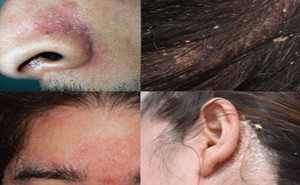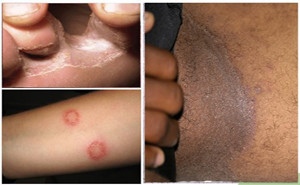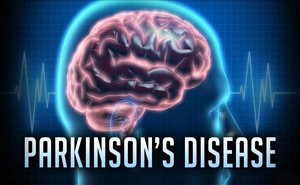Practice-updates
American Journal of Dermatology and Venereology: Published: Feb. 26, 2021
Dermatophytic infections are the
most common fungal infections affecting 20%–25% population globally. The hot
and humid climate in the tropical and subtropical countries like Bangladesh
makes Dermatophytosis is very common fungal infection.
Terbinafine is considered...
The American Diabetes Association
(ADA) “Standards of Medical Care in Diabetes” includes the ADA’s current
clinical practice recommendations and is intended to provide the components of
diabetes care, general treatment goals and guidelines, and tools to evaluate
quality of care.
Atherosclerotic cardiovascular
disease (ASCVD)—defined as...
American Family Physician (AFP) Journal: Published: Feb 1, 2015
KEY RECOMMENDATIONS FOR PRACTICE
Topical antifungal agents are the
first-line therapy for acute and long-term treatment of seborrheic dermatitis
of the face and body.
Antifungal shampoos (long-term) and
topical corticosteroids (short-term) can be used as sec...
Seborrhoeic Dermatitis (SD) is a
very common chronic and/or relapsing inflammatory skin disorder presenting with
a papulosquamous morphology in areas rich in sebaceous glands, particularly the
scalp, face, and body folds.
Etiology
Yeast of the genus Malassezia has long been regarded as a main
predisposing factor. Additional predisposi...
European Heart Journal:
Management of
cardiometabolic risk factors should become a priority for physicians. The
long-term impact of COVID-19 on cardiovascular (CV) health and mortality is
also emerging as a major global concern.
Non-pharmacological
supportive approaches:
The management of long COVID tends to be
largely supportive....
Nonpharmacologic measures
Patients should be encouraged to
wear loose-fitting garments made of cotton or synthetic materials designed to
wick moisture away from the surface. Socks should have similar properties.
Areas likely to become infected
should be dried completely before being covered with clothes. Patients should
also be advis...
JAMA Neurology:
Early and prodromal features of
Parkinson disease (PD) have increasing relevance as the quest for potential
disease-modifying therapies is expanding.
KEY TAKE-HOME MESSAGE
Question What
are the prediagnostic manifestations of Parkinson disease (PD) presented in the
primary care setting?
Findings This
case-contr...
Take Home Messages:
Authors propose a new conceptual
model for PD pathogenesis, in which disease-associated factors are divided into
three categories: triggers, facilitators, and aggravators.
Triggers are agents or events that begin the disease process; these
factors are necessary but insufficient for PD to develop.
Facilitators ar...
High
blood pressure is the leading cause of mortality and cardiovascular disease
globally, and most of the disease burden occurs in low- and middle-income
countries. Recent guidelines recommend lower blood pressure targets
among high-risk patients, increasing the need for more effective treatment
strategies.Treatment with a pill combining low...
Worldwide, cardiovascular diseases
(CVDs) Source are one of the leading causes of death. Every year, an estimated
17.9 million people around the world die as a result of complications from
heart diseases. For context, this means that CVDs are responsible for 32% of
all deaths globally.Prior studies Source show that
various factors — such as se...
Reflux esophagitis is an
esophageal mucosal injury that occurs secondary to retrograde flux of gastric
contents into the esophagus. Clinically, this is referred to as
gastroesophageal reflux disease (GERD).Fig: EsophagitisWhich PPI is Superior?Some of the present study demonstrated that Esomeprazole gave faster symptom relief
in patients with R...
Key Points about Vitamin D
Deficiency and Dependency
Vitamin D deficiency is common
and results from inadequate exposure to sunlight and inadequate dietary
intake (usually occurring together) and/or from chronic kidney disease.
The deficiency can cause muscle
aches and weakness, bone pain, and osteomalacia....













